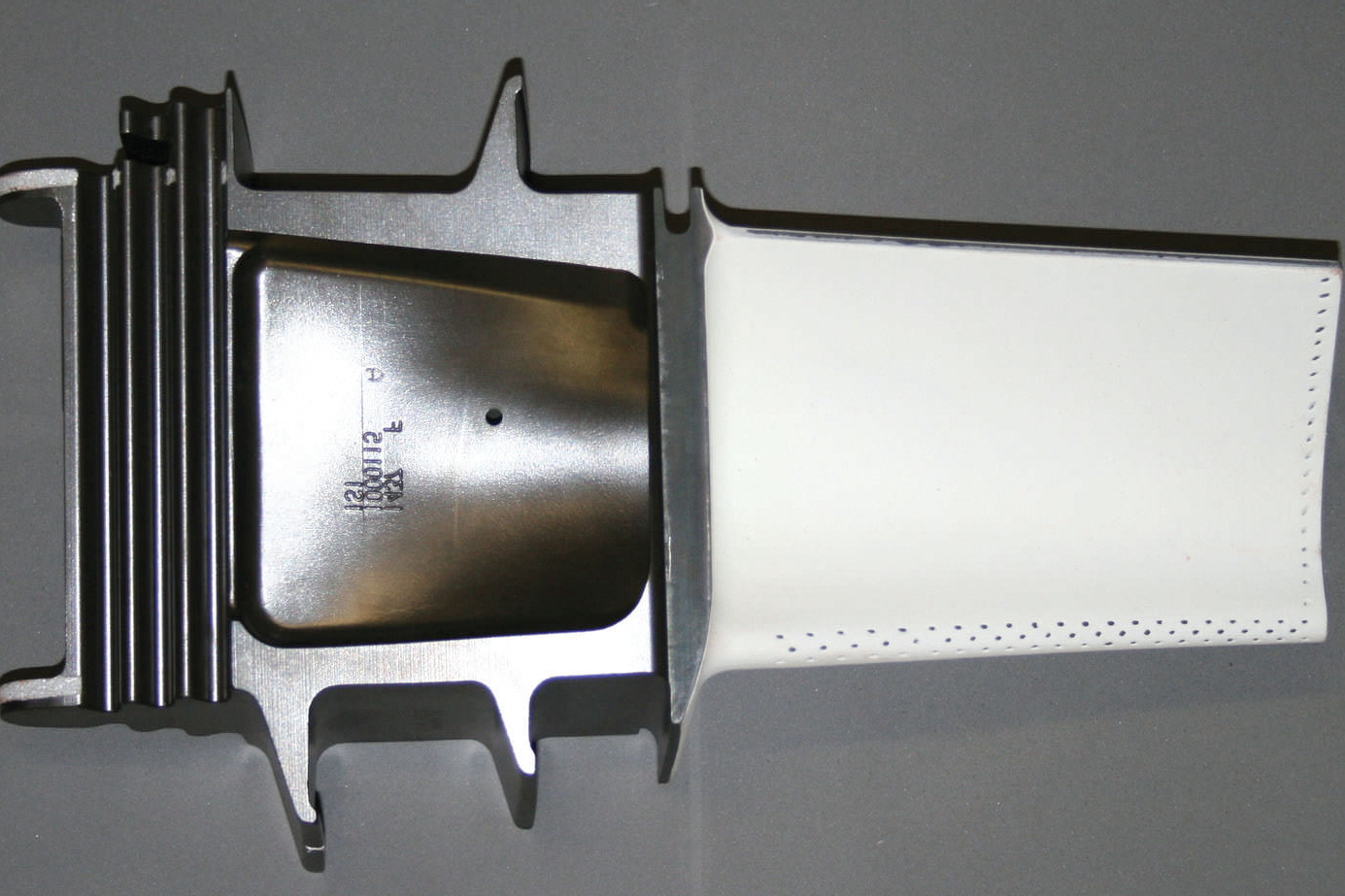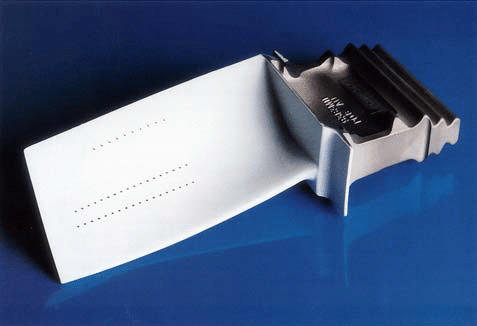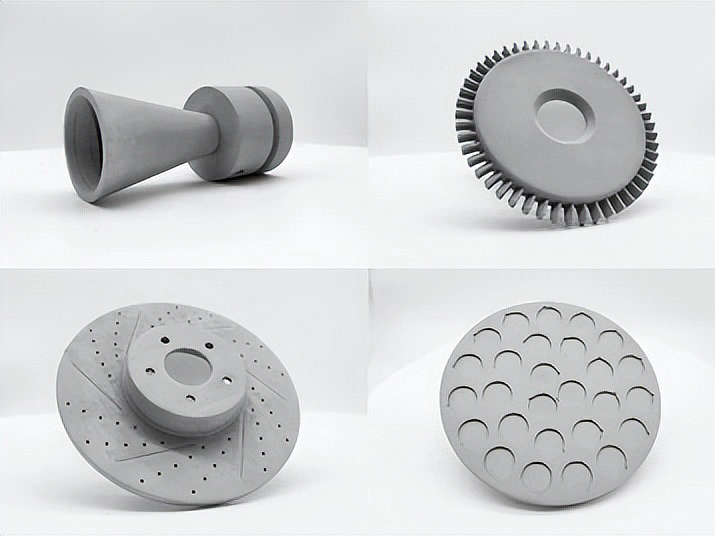How does SLS compare to other 3D printing technologies for ceramic parts?
How Does SLS Compare to Other 3D Printing Technologies for Ceramic Parts?
Limitations of SLS for Ceramic 3D Printing
Selective Laser Sintering (SLS) is rarely used for ceramic part fabrication due to fundamental process constraints. SLS involves fusing powder materials with a laser, which works well for thermoplastics but is not ideal for ceramics. Ceramics have extremely high melting points and low thermal conductivity, making them unsuitable for direct sintering using SLS without extensive pre- or post-processing.
Unlike polymers, ceramic particles in SLS do not melt or bond effectively under typical laser conditions, leading to poor densification, low mechanical strength, and high brittleness in the green parts. As a result, SLS is not considered a viable production-grade solution for functional ceramic components.
Superior Alternatives for Ceramic 3D Printing
1. Vat Photopolymerization (SLA/DLP)
Technologies like SLA and DLP use photosensitive resins filled with ceramic particles. After curing, parts undergo debinding and sintering.
Accuracy: ±25–50 µm
Best for: High-precision ceramics using Alumina, Zirconia, and Hydroxyapatite
2. Binder Jetting
Binder Jetting is well-suited for large-scale ceramic part production. A liquid binder is selectively deposited over ceramic powder to form green parts, which are later sintered.
Accuracy: ±100–150 µm
Best for: Mass production using Silicon Carbide, Silicon Dioxide, and Glass-filled ceramics
3. Material Extrusion (FDC)
Fused Deposition of Ceramics (FDC) uses filament or paste-like feedstocks containing ceramic particles. After printing, debinding and sintering are required.
Accuracy: ±200 µm
Best for: Cost-effective prototypes and simple shapes in Magnesium Oxide or Spinel
Technology Comparison Summary
Technology | Sintering Required | Precision | Volume Scalability | Ceramic Compatibility |
|---|---|---|---|---|
SLS | Not viable | N/A | N/A | Limited |
Vat Photopolymerization | Yes | ±25–50 µm | Medium | Excellent |
Binder Jetting | Yes | ±100–150 µm | High | Excellent |
Material Extrusion (FDC) | Yes | ±200 µm | Medium | Good |
Customer-Oriented Solutions and Services
To meet your ceramic component needs, we provide:
3D Printing Technologies:
Choose from Ceramic 3D Printing options including Vat Photopolymerization, Binder Jetting, and extrusion-based processes.
Advanced Ceramic Materials:
Select from technical materials such as Alumina, Zirconia, and Silicon Nitride.
Precision Post-Processing:
Enhance dimensional accuracy and functionality through CNC machining, surface treatment, and sintering support.



